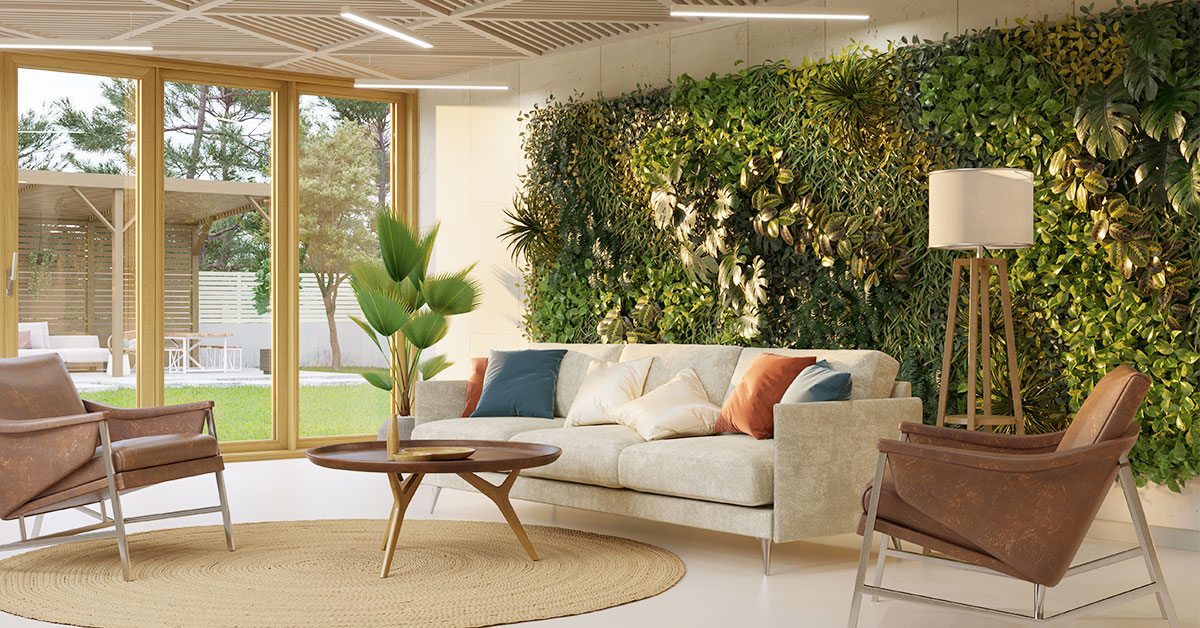Choosing the right food trays for your restaurant is more important than you might think. The type of trays you use can affect not only the presentation of your dishes but also the overall dining experience for your customers. Finding the perfect trays that meet your needs can be challenging with so many options available. This article will guide you through selecting the best food trays for your restaurant. We’ll cover different types of trays, materials, sizes, and designs. By the end of this article, you’ll clearly understand what to look for when choosing food trays for your establishment.
Why Food Trays Matter in Your Restaurant
Food trays play a crucial role in your restaurant’s daily operations. They carry food from the kitchen to the dining area, serve customers, and even display food at buffets or self-service stations. The right trays can make your restaurant more efficient and enhance the dining experience.
Moreover, food trays contribute to the aesthetics of your restaurant. A well-chosen tray complements your restaurant’s theme and the presentation of your dishes. It can leave a lasting impression on your customers, making them more likely to return.
Types of Food Trays
Before selecting food trays for your restaurant, it’s essential to understand the different types available. Each type has its unique features and benefits.
1. Standard Serving Trays
Standard serving trays are the most common type used in restaurants. They are versatile and can be used for various purposes, including carrying dishes, drinks, and utensils. These trays come in different shapes and sizes, allowing you to choose the ones that best suit your restaurant’s needs.
2. Compartment Trays
Compartment trays are divided into sections, making them ideal for serving meals with multiple components. These trays are often used in cafeterias, buffets, and fast-casual restaurants. They help separate different food items, maintaining the presentation and preventing flavours from mixing.
3. Fast Food Trays
Fast food trays are lightweight and durable, designed for quick and easy service. They are usually made of plastic and are available in various colours and sizes. These trays are perfect for self-service or fast-casual restaurants where customers need to carry their food to the table.
4. Serving Platters
Serving platters are larger trays for presenting and serving large quantities of food. They are commonly used in family-style restaurants, buffets, and catering services. Serving platters are available in different materials, including stainless steel, melamine, and porcelain.
Material Choices for Food Trays
The material of your food trays is an essential factor to consider. It affects the tray’s durability, appearance, and ease of cleaning. Here are some common materials used for food trays:
1. Plastic
Plastic food trays are light, last a long time, and are simple to clean. They are resistant to breaking and come in various colours and designs. Plastic trays are a cost-effective option for restaurants that require many trays. However, they may not be suitable for high-end establishments looking for a more elegant presentation.
2. Metal
Metal trays, such as those made from stainless steel or aluminium, are strong, durable, and resistant to stains. They are often used in restaurants that prioritise hygiene and durability. Metal trays are also heat-resistant, making them ideal for carrying hot dishes. However, they can be heavier than other materials, which might not be suitable for all types of service.
3. Wood
Wooden trays add a rustic and natural touch to your restaurant’s presentation. They are ideal for restaurants with a farm-to-table or organic theme. Wooden trays are durable and can handle a variety of food items. However, they require more maintenance than other materials, as they need to be treated to prevent warping or staining.
4. Melamine
Melamine trays are known for their durability and resistance to scratches. They mimic the appearance of ceramic or porcelain but are much lighter and more durable. Melamine trays are a popular choice for casual dining and outdoor settings. However, they should not be used with extremely hot food as they are not heat-resistant.
Selecting the Right Size and Shape
The size and shape of your food trays are equally important. They should match the types of dishes you serve and the style of service in your restaurant.
1. Size Considerations
When choosing the size of your trays, consider the portion sizes and the number of items you typically serve. For example, larger trays might be necessary if your restaurant serves large portions or multiple courses at once. On the other hand, smaller trays are ideal for serving appetisers, desserts, or small plates.
2. Shape Choices
Food trays come in various shapes, including rectangular, round, and oval. The shape of the tray should complement the style of your dishes. Rectangular trays are versatile and can be used for most types of service. Round trays are often used for serving drinks, while oval trays add a touch of elegance to the presentation.
Aesthetic Appeal and Design
The design of your food trays should align with your restaurant’s theme and décor. A well-designed tray can enhance the visual appeal of your dishes and contribute to the overall dining experience.
1. Color Options
The colour of your food trays can impact the presentation of your food. Neutral colours like black, white, or grey are versatile and work well with any dish. Brightly coloured trays can add a pop of colour and make your presentation more vibrant. Consider the ambience of your restaurant when choosing the colour of your trays.
2. Textured vs. Smooth Surfaces
Food trays are available with either textured or smooth surfaces. Textured trays provide a better grip, reducing the risk of spills. They are ideal for fast-paced environments where accidents are more likely. On the other hand, smooth trays offer a sleek and polished appearance, making them suitable for upscale dining.
Practical Considerations
While aesthetics and design are important, practicality should be noticed when choosing food trays for your restaurant.
1. Ease of Cleaning
Trays that are easy to clean can save time and effort in a busy restaurant environment. Dishwasher-safe trays are convenient, as they can be quickly cleaned and reused. Avoid trays with intricate designs or deep grooves, as they can be more challenging to clean.
2. Durability
Investing in durable trays can save money in the long run. They are less likely to break or wear out, reducing the need for frequent replacements. When assessing their durability, consider the material and construction of the trays.
3. Storage and Stackability
Stackable trays are a practical choice in a restaurant with limited storage space. They take up less space and can be easily stored when not in use. Look for trays with non-slip stacking features to prevent accidents during storage.
To wrap up
Choosing the best food trays for your restaurant involves considering various factors, including the trays’ type, material, size, shape, and design. It’s essential to select trays that complement your restaurant’s style and meet practical needs such as durability, ease of cleaning, and storage. By choosing the right trays, you can enhance the dining experience for your customers and improve the efficiency of your restaurant’s operations. Ultimately, the right food trays can significantly affect how your restaurant is perceived and how smoothly it runs.











